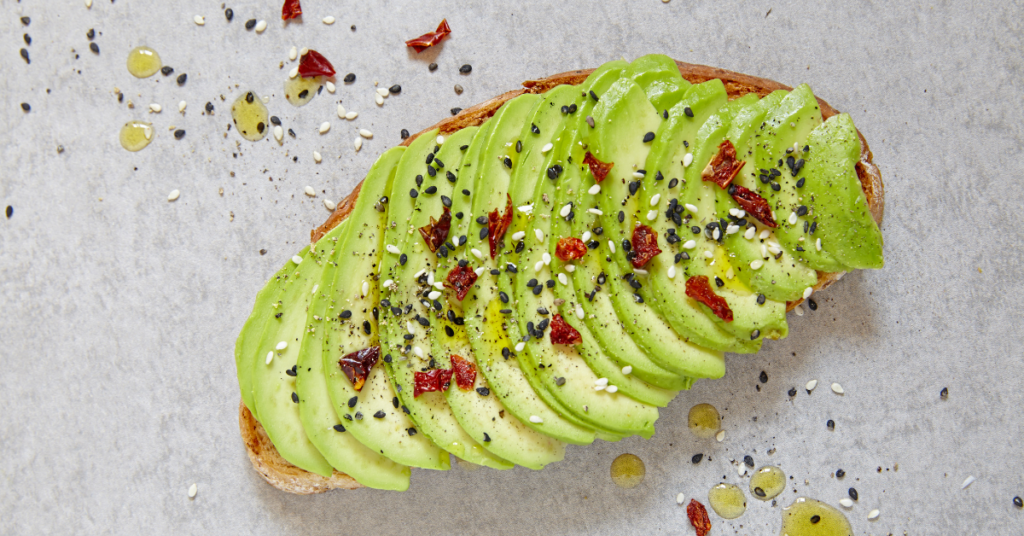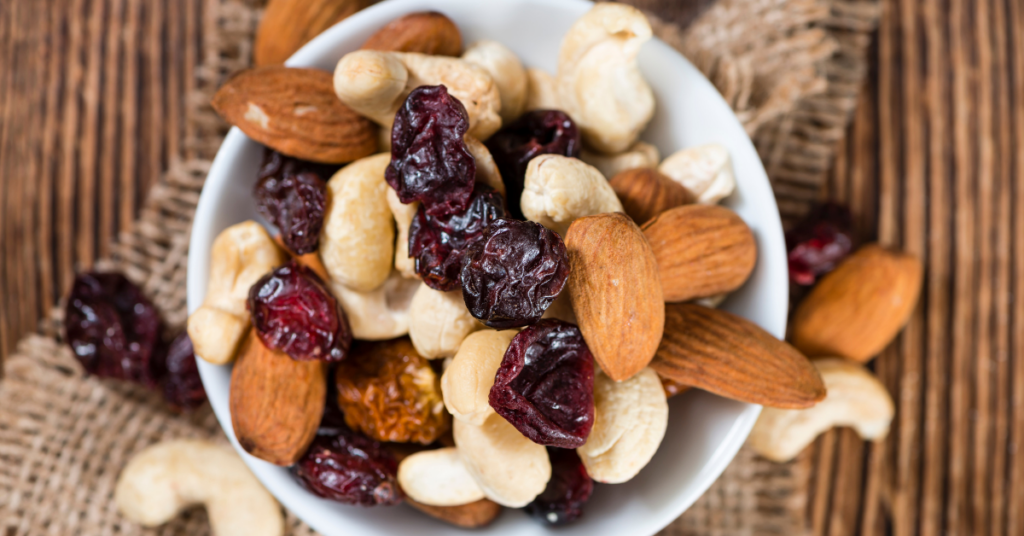“Almost all proteins are complete. Very few are balanced.“
The “Complete Protein” Confusion
Walk down any grocery aisle or scroll through nutrition blogs, and you’ll hear the same advice:
“Make sure you’re getting complete protein.”
It sounds like a critical distinction — as if certain foods are missing vital amino acids and therefore can’t support your health, your muscles, or your goals. But here’s the truth:
Almost all proteins are technically complete. Very few are actually balanced.
In fact, it’s incredibly rare to find a protein source that’s truly incomplete — meaning it contains zero of one or more of the 9 essential amino acids your body can’t produce on its own. Yet this myth persists, creating confusion around plant-based eating, protein powders, and what “quality” protein actually looks like.
This article breaks down why the old “complete vs. incomplete” label doesn’t tell you what you really need to know — and what to look for instead.
What Does “Complete Protein” Actually Mean?
By definition, a complete protein contains all nine essential amino acids (EAAs) — the ones your body can’t make on its own. That’s it.
No requirement for how much of each. No context for biological usefulness. No thresholds.
That means a food can have a small amount of an amino acid and still be labeled “complete.”
So when people say that “plant proteins are incomplete,” they’re usually relying on outdated or oversimplified thinking. Because by the strict definition, almost all natural foods — even plants — have all nine Essential Amino Acids, thus all are technically complete.
The Real Problem: Limiting Amino Acids
Just because a protein contains all 9 EAAs doesn’t mean your body can use it efficiently. That’s because of something called a limiting amino acid — the essential amino acid present in the lowest proportion relative to your body’s needs.
If one amino acid is too low, it effectively bottlenecks the rest of the protein. Your body can’t build muscle (or repair tissue, or make enzymes) unless all the materials are present in the right proportions.
Think of it like baking a cake. You may have all the ingredients — but if you only have one egg when the recipe calls for four, you’re not baking anything that day.
So… Are There Any Truly Incomplete Proteins?
Yes — but they’re extremely rare and usually not found in whole foods.
A truly incomplete protein is one that is completely missing at least one essential amino acid. Not just low — zero.
Here are a few actual examples:
| Protein Source | Missing EAA(s) | Notes |
|---|---|---|
| Gelatin/Collagen | Tryptophan | 100% absent — confirmed by lab assays |
| Zein (Corn protein isolate) | Lysine, Tryptophan | Used in food coatings, not dietary protein |
| Keratin (from feathers/hair) | Multiple EAAs | Industrial byproduct, not a food |
| Elastin | Tryptophan | Structural protein, not nutritionally useful |
Unless you’re supplementing with collagen or consuming highly refined proteins like zein, you’re almost certainly eating foods that contain some amount of all 9 EAAs.
The Real Question: Is Your Protein Balanced?
The conversation shouldn’t be about whether a protein is technically complete. It should be about whether it’s balanced and bioavailable — meaning:
- It delivers all 9 essential amino acids
- In the right proportions
- In a form your body can absorb and use
That’s what your body actually needs to build and repair muscle tissue.
A Better Way to Think About Protein Quality
Instead of using a binary “complete/incomplete” label, we need a relative scale that reflect how well a protein meets human needs.
One such method is the Match Rate™ — a metric that compares a protein’s amino acid profile to the amino acid composition of human skeletal muscle. A Match Rate of 100% means perfect alignment with your body’s needs. Anything lower means one or more EAAs are limiting.
This is a far more useful and accurate way to compare proteins — whether they come from plants, animals, or blends. It allows every protein to be scored equally and fairly – with a final answer of somewhere between 0 and 100%
The Bottom Line
The myth of the “incomplete protein” has stuck around for decades, but it’s mostly a distraction. Almost all natural foods contain all nine essential amino acids — they’re just not always in the right amounts.
“What matters most isn’t whether all 9 are present. It’s whether they’re present in the right balance.“
If you want to build muscle, support recovery, or simply get the most from the protein you eat, don’t just look for the “complete” label.
Look for proteins that are precisely matched to what your body actually needs.



